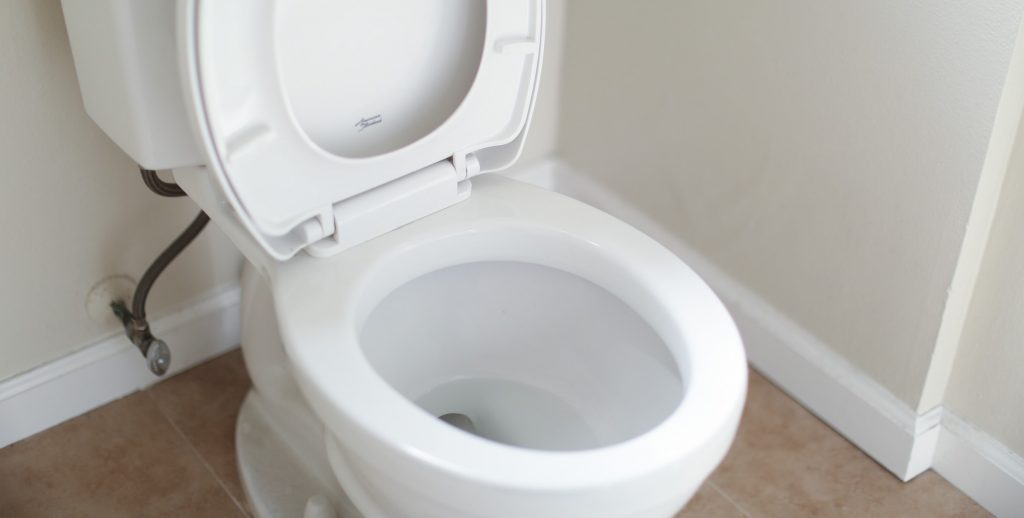We can all agree that toilets, especially public toilets, can be very unhygienic. Given that bathrooms are where people bathe, urinate, and defecate, it’s understandable that some people may think you can get a sexually transmitted infection from a toilet seat.
In this blog, we will review what STIs are, how they spread, and the risks of getting an STI from a toilet seat.
What are STIs?
Sexually transmitted infections (STIs or STDs) are bacterial, viral, and parasitic infections that primarily pass between people through sexual activity. This activity can include oral sex, vaginal sex, anal sex, hand-to-genital contact, sharing sex toys, and more.
Some STIs can spread in other ways. For example, blood-borne infections like HIV can spread through blood transfusions, and Hepatitis B can be spread by sharing razors or toothbrushes.
Other STIs, like human papillomavirus (HPV), Scabies, or Herpes can be spread through skin-to-skin contact, such as touching an infected person’s genitals, or the prolonged contact of having sex with someone.
What are the risks associated with a toilet seat for getting sexually transmitted diseases?
The risk of infection from a public toilet seat is practically impossible because most STIs can’t spread through casual and brief contact.
Neither bacteria nor most viruses can survive for very long outside of the body. Most sexually transmitted infections need direct access to your mucous membranes (like your genitals, anus, eyes, or throat) to be transmitted. This usually occurs through the exchange of infected bodily fluids during oral, vaginal or anal sex.
However, just because it’s very unlikely doesn’t mean it’s impossible.
One study from Zambia showed that Trichomonas could be transmitted by sharing bathwater. It is technically possible for a damp surface, like a towel, to transmit this STI. The infected source would need to be freshly deposited onto the toilet seat and then come into direct contact with your genital area. Luckily, we haven’t seen cases like this so far.
Scabies, a parasitic infection of the skin which is often transmitted sexually, can also be passed on by sharing things like towels, clothing and bedding, and through prolonged physical contact. Scabies can live outside of the body for around 2-3 days. In this way, it may theoretically be possible for Scabies to be passed on from a toilet seat, but in practice these cases would never be commonplace.
It is also possible for a virus like Hepatitis B to enter your body from freshly deposited blood or semen from a toilet seat. This blood or semen would need to come into direct contact with your genitals or any open wounds. Again, this is theoretical situation and one that doesn’t really reflect how we see these infections being transmitted.
What CAN you get from a public toilet seat?
In a public toilet, the main danger comes from your hands touching surfaces contaminated with faeces.
Human faeces contain bacteria and viruses. If you touch these surfaces and then go on to touch your face or mouth, you may let these pathogens into your body.
Human faeces can contain pathogens like:
- E. Coli
- Salmonella
- Shigella
- Streptococcus
When you ingest these pathogens, the infections can lead to symptoms like nausea, vomiting, and watery diarrhoea.
Faeces can also contain norovirus, which easily spreads through contaminated surfaces. On some surfaces, norovirus can survive for up to five months and remain infectious.
With all that said, most public bathrooms are cleaned fairly regularly. You’re more likely to contract an infection like norovirus from touching a surface, such as a kitchen counter or computer lab table, than from a public toilet seat. Other people’s private bathrooms can also be cleaned less frequently, making them riskier places to use.
Then there’s the phenomenon of “toilet plumes”. This is actually how most infections occur. When you flush a toilet, particles from what’s in the bowl become aerosolised. This is actually a fairly standard mode of transmission for the bacteria C. difficile, which is transmitted through spores that people breathe in.
How to protect yourself in a public toilet
If you’re concerned about catching something from a public toilet, there are a few precautions you can take:
- Wipe down the toilet seat with toilet paper or a disinfectant wipe
- Use a toilet cover if one is available
- Avoid using damp toilet paper
- Use toilet paper to cover your hands when flushing the toilet
- Exit the stall quickly after flushing
- Wash your hands thoroughly after you’re done
Final thoughts
No matter what you have done, if you think you may have an STI, it’s always best to get tested.
If you call the number above, Better2Know’s Sexual Health Advisors can help you review your current situation and concerns and help you find the best STI test and sexual health clinic for you.
This article first appeared on 28/04/2023. Last updated 24/10/2025.
This article has been medically reviewed by Dr. Steve Chapman, 27/11/2025.





